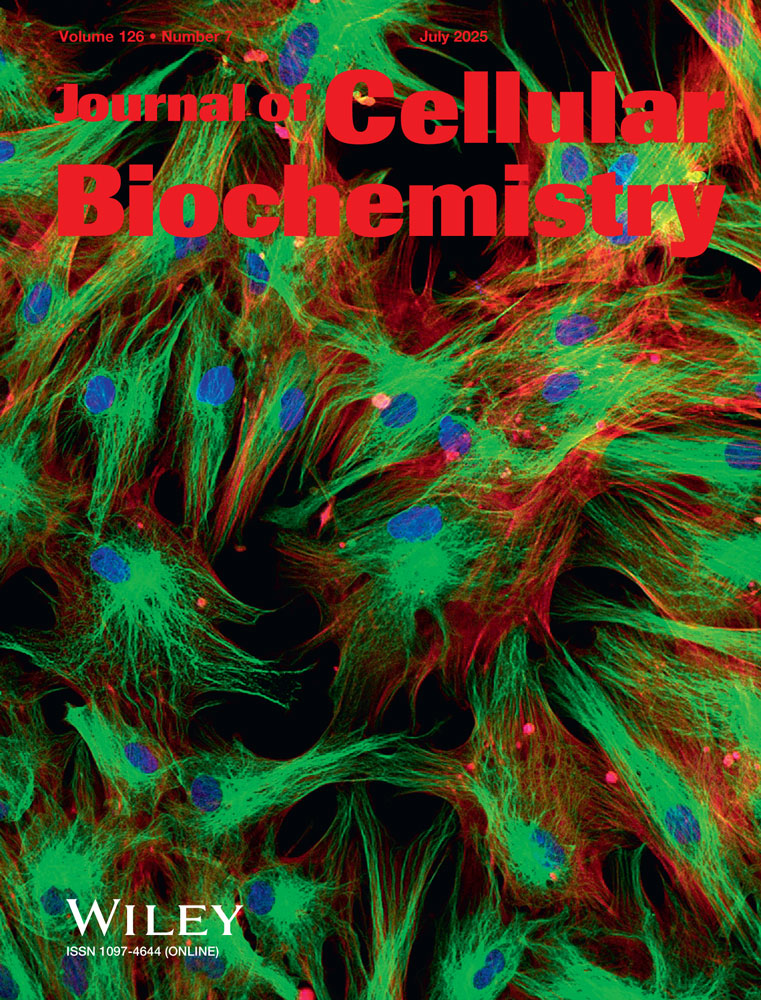Cell surface control of differentiation in acanthamoeba
Abstract
Acanthamoeba castellanii (Neff) is a free-living soil amoeba with close relatives that are opportunistic pathogens. Trophozoites differentiatite into cysts when deprived of nutrients; cysts convert into trophozoites, leaving the well behind, in the presence of nutrients. The data presented here, which includes immunoaffinity purification of the receptor, indicate that cell surface molecular signals also control Acanthamoeba differentiation in both directions. Monoclonal antibodies that bind specifically to a 40 kD trophozoite protein initiate the encystment of trophozoites. When bound to cysts the same monoclonal antibodies prevent excystment. Washing away the antibody allows both trophozoites and cysts to resume normal activity. One of these monoclonal antibodies inhibits pinocytosis, while another has effect on pinocytosis.




